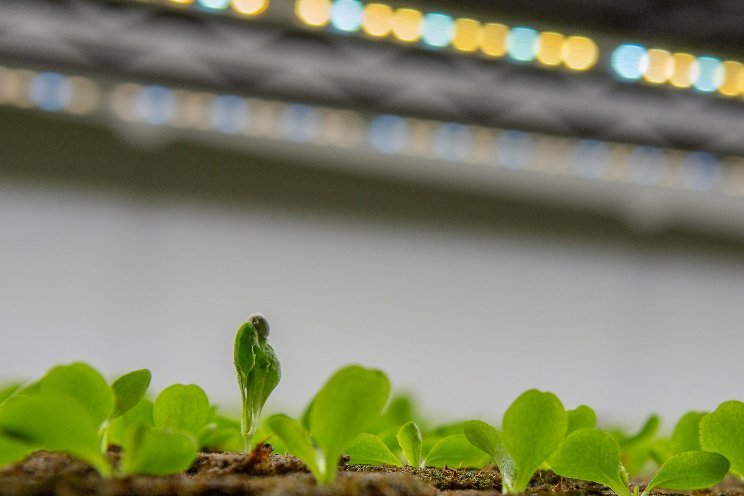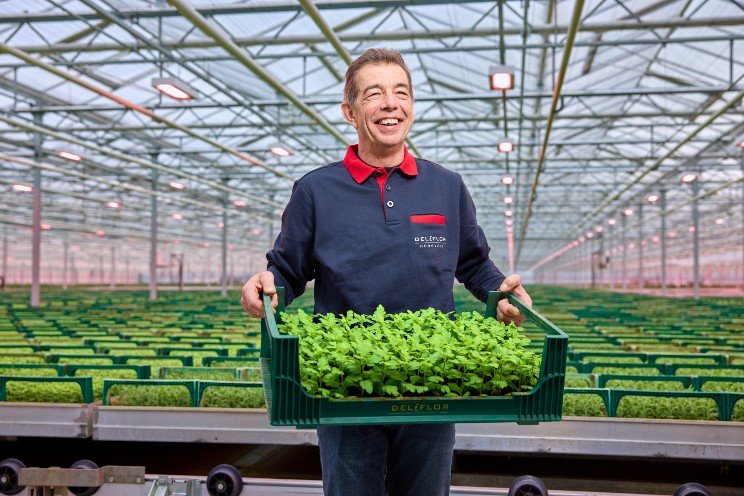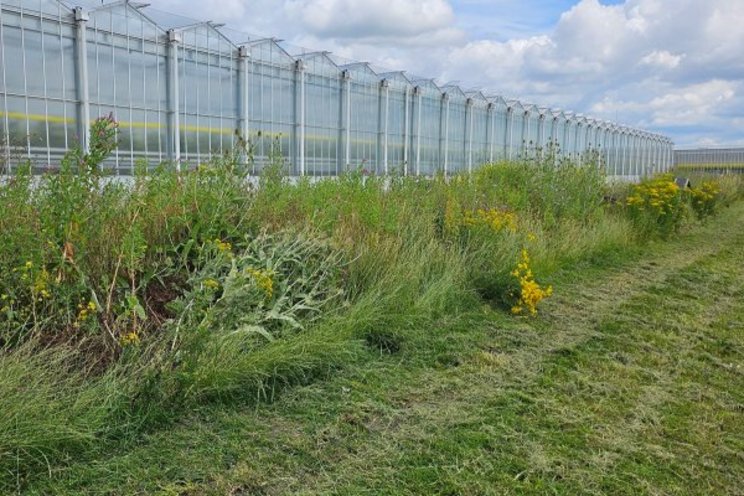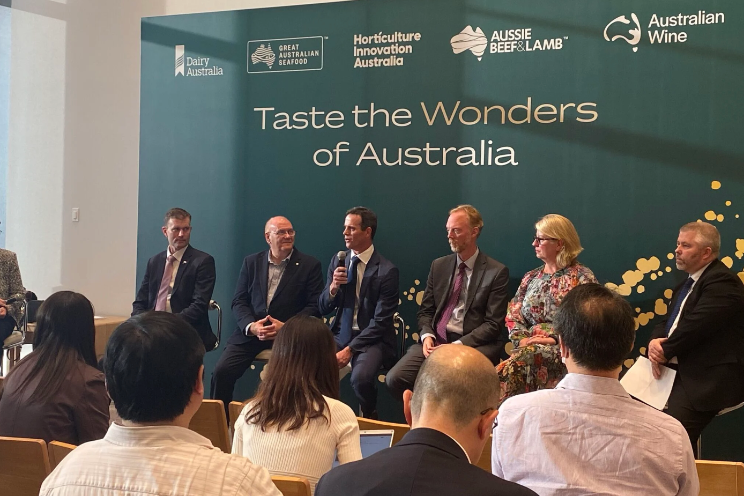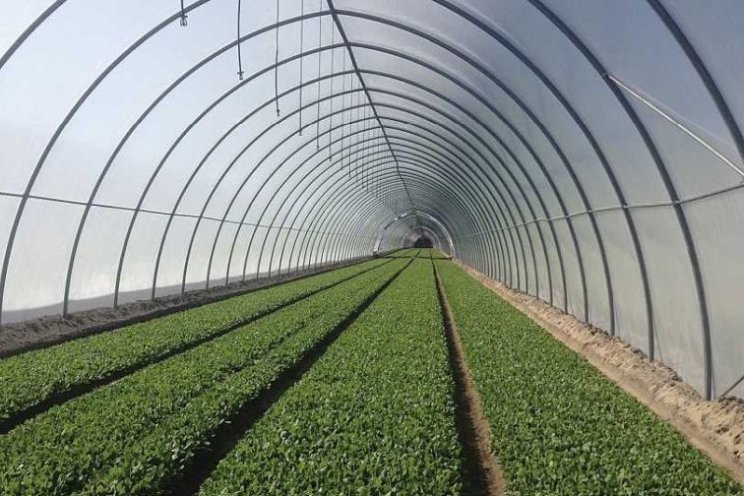WUR is investigating alternative sources for phosphate
Added on 02 June 2023
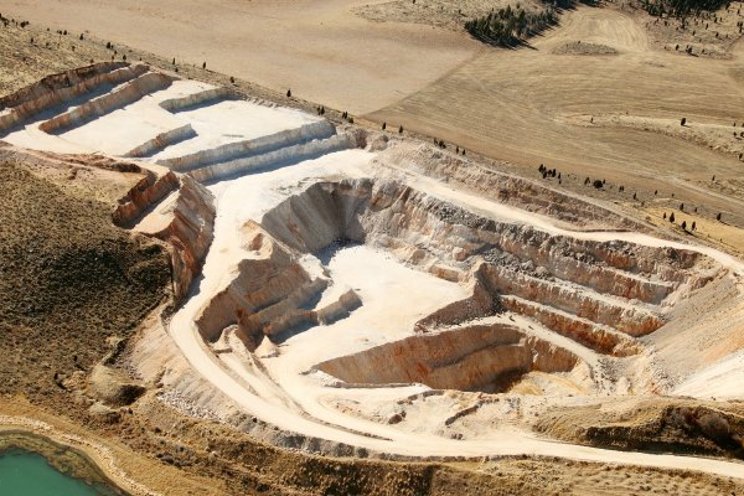
Phosphate is not only used as a fertilizer in greenhouse horticulture but also in agriculture. In agriculture, phosphate is one of the components of the manure that is spread on fields. However, there are significant differences in the way fertilizers are used in greenhouse horticulture: for example, fertilizers must be soluble in water, and the fertilizers can be administered individually to the irrigation water (i.e. per element). This means that alternative sources and routes for renewable phosphate need to consider current practices.
Wageningen Plant Research (WPR) is investigating various sources together with Wageningen Food & Biobased Research (WFBR) and Wageningen Food Safety Research (WFSR). Some examples include sewage sludge ash from incinerators, effluent from sewage treatment plants, animal fertilizers and animal residues.
Photo: WUR
More news

